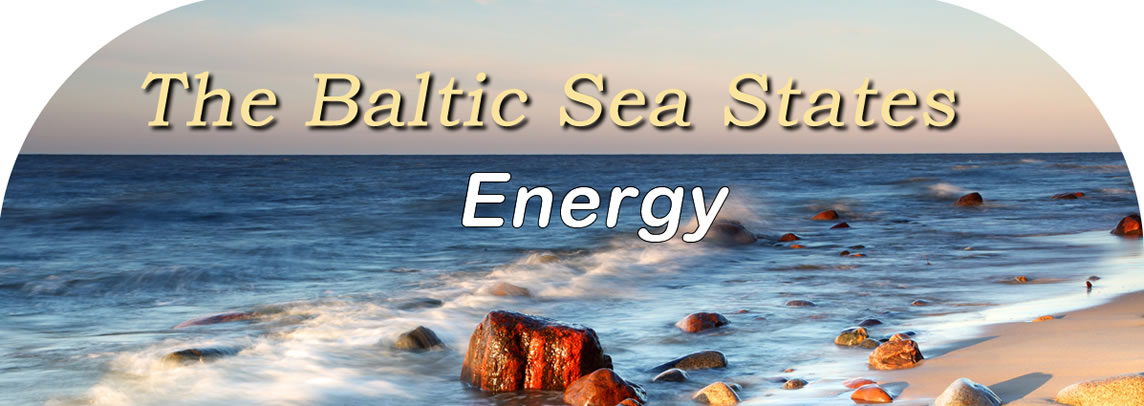
Lithuanian Energy Production After the Soviet Union dissolved, Lithuania has inherited a very strong power industry. This sector has a capacity that can surpass the internal needs of this country. However, this sector was supervised by reform-shy and conservative administrators. Because of this, energy production has steadily decreased, and the country found itself importing more and more energy from Russia. First Steps The economic and political
leaders of the country face a huge problem in this sector. To solve
this, the government primarily aimed at ensuring stable power
delivery for all consumers. At the same time, energy policies in the
1990s looked at solving practical problems related to the country's
power supply. Good Improvements Although reforming the energy
sector was a very painful process, it produce some outstanding
results. In 1997, the government ceded control of central heating
facilities to corresponding municipalities to decentralize the
energy sector. At the same time, it started to privatize and
restructure both the gas and electricity supply industries. The European Union The policies implemented in
the decade following 1995 were greatly affected by the country's
preparation to gain membership in the European Union. Energy
policies were revised to achieve a gradual integration into the
European Union's energy system and to meet the EU's demands. One of
these demands is to steadily increase the development of renewable
and local energy sources. Other Important Parts of the Energy Policy Lithuania's new energy policy stipulated the renovation of 70 percent of buildings up to the year 2020. This is a great chance to help introduce low-carbon insulation and technologies. This helps effectively increase the energy efficiency of the entire country. Policy Developments From 2011 to 2012 Aside from implementing an
energy policy that continue to evolve to meet the country's needs
and achieve European Union membership, there have been a number of
recent policy developments. © Baltic21.org 2013, All Rights Reserved |
